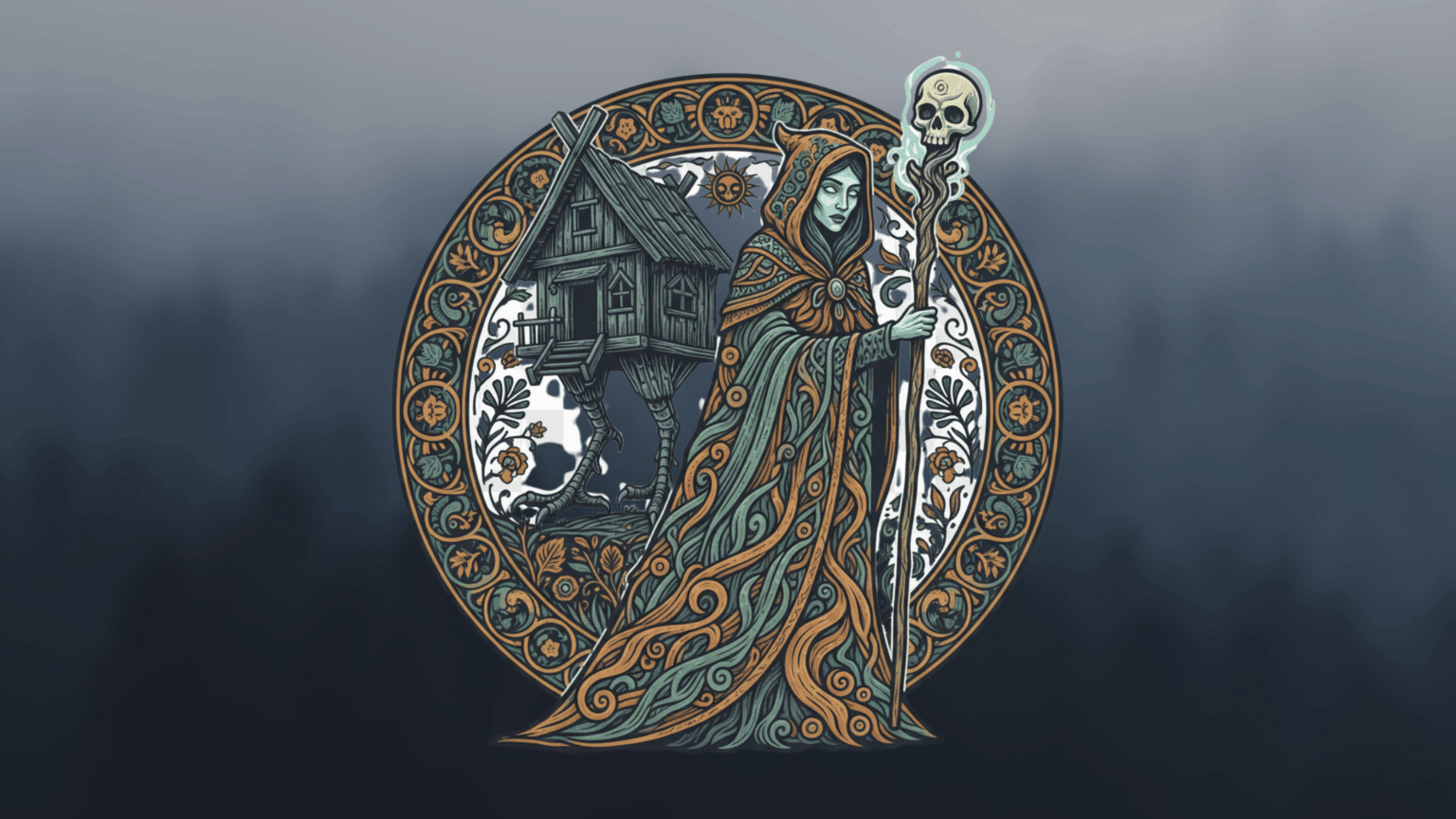Mythical creatures have always fascinated humans. From terrifying forest witches to mysterious ocean beings, these stories are part of our shared cultural heritage. Folklore is more than just ancient storytelling — it’s a reflection of a culture’s values, fears, and hopes.
In part one of this series, Scary Mythical Creatures and Their Cultural Significance, we discussed a batch of wild and wooly mythical creatures from ancient mythology and urban legend.
In this post, we’ll explore five more incredible mythical creatures that folklore lovers will adore. These legendary beings span multiple regions, each with their own unique history and symbolism. Whether you’re a fan of cryptids, enchanted by magical sea folk, or intrigued by ancient nature spirits, these creatures will spark your imagination and maybe even inspire your next favorite piece of art or décor.
Baba Yaga – The Witch of the Slavic Woods
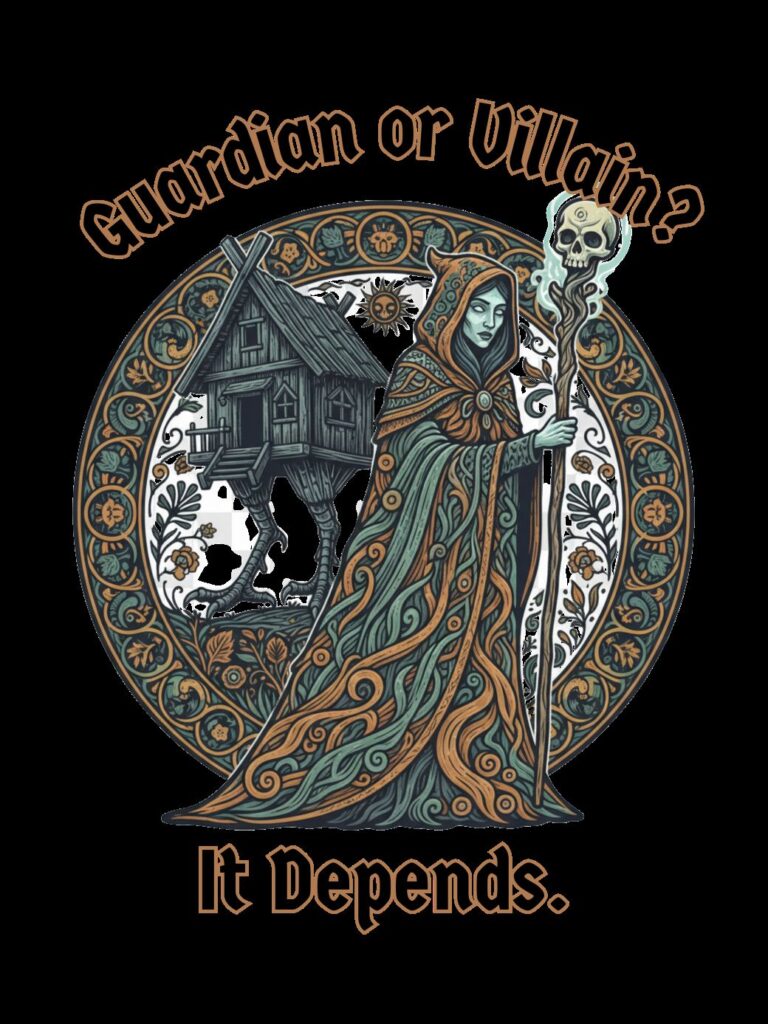
In the dense forests of Eastern Europe, a strange hut stands on chicken legs. This is the home of Baba Yaga, one of the most iconic figures in Slavic folklore. Baba Yaga isn’t your typical fairytale witch. She flies through the air in a giant mortar, using a pestle as her staff, and she can either help or harm those who encounter her.
Baba Yaga’s stories vary widely. In some tales, she acts as a guardian of ancient knowledge, testing heroes to see if they are worthy. In others, she’s a terrifying figure who lures the unwary into her enchanted forest. This duality makes her a complex character — part wise elder, part unpredictable danger.
Today, Baba Yaga appears in video games like The Witcher, TV shows, and even modern literature. Her popularity continues to grow, especially in dark cottagecore and witchy aesthetics. Her image is perfect for art and products that blend mystery, magic, and heritage.
The Green Man – Spirit of Nature and Renewal
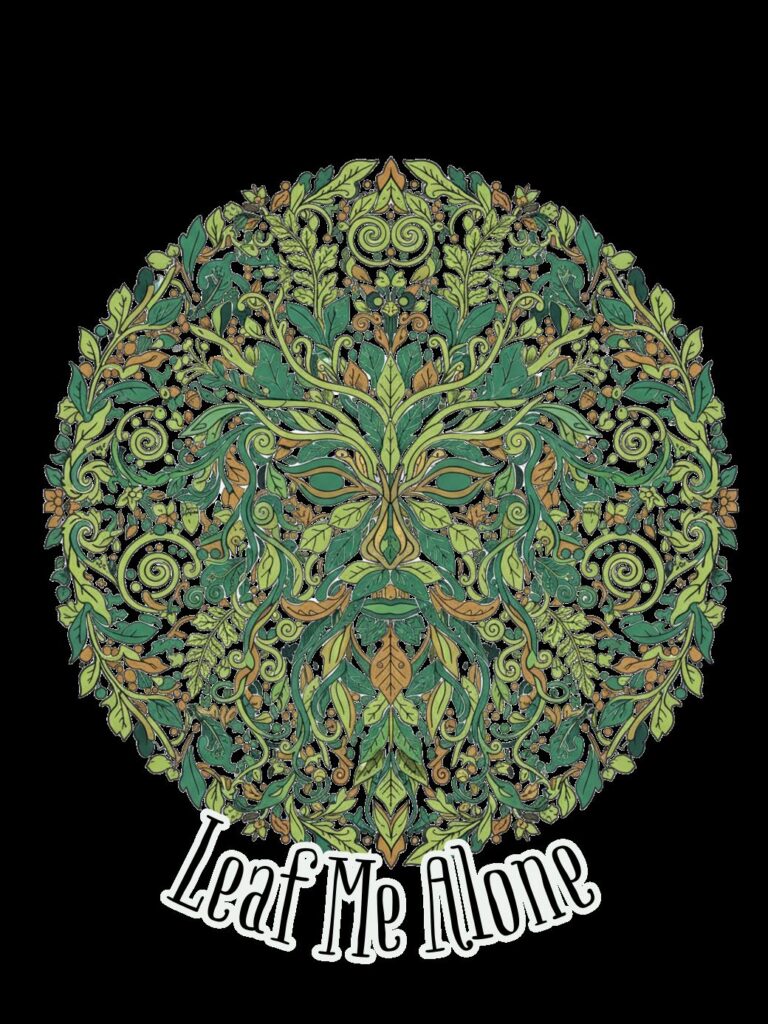
The Green Man is one of the most enduring mythical creatures folklore has to offer. This leafy-faced figure represents growth, rebirth, and the eternal cycle of nature. Though often associated with Celtic mythology, Green Man carvings appear across Europe, especially in medieval churches and cathedrals.
In ancient times, the Green Man symbolized harmony between humans and the natural world. His image was carved into stone buildings to protect sacred spaces and invite abundance. Today, he resonates strongly with eco-conscious audiences and those interested in pagan spirituality.
Modern interpretations of the Green Man often focus on environmental themes. His face, framed by leaves and vines, makes striking wall art and décor. He’s a reminder that our survival depends on living in balance with the earth.
Mothman – America’s Mysterious Cryptid
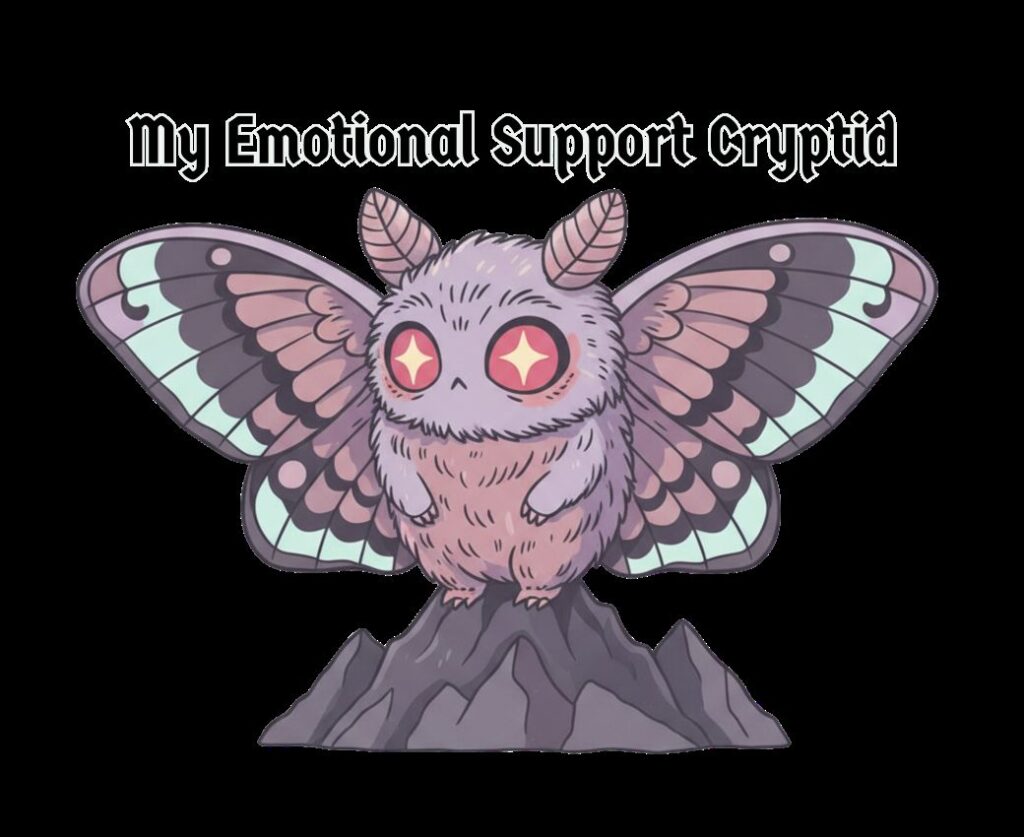
Few mythical creatures folklore enthusiasts discuss have a story as modern as Mothman’s. First spotted in 1966 near Point Pleasant, West Virginia, Mothman is described as a towering figure with glowing red eyes and massive wings. Witnesses reported strange sightings for over a year, culminating in the tragic collapse of the Silver Bridge in 1967. Some believe Mothman was a warning sign, while others think he caused the disaster.
Today, Mothman has become a pop culture phenomenon. Point Pleasant hosts an annual Mothman Festival that attracts thousands of visitors. On TikTok and in meme culture, he’s been reimagined as a quirky, loveable cryptid.
Mothman’s mysterious aura makes him perfect for collectors, cryptid fans, and anyone who loves weird history. From retro tourist posters to funny sticker designs, his image blends fear, humor, and intrigue.
Selkies – The Enchanted Seal Folk of the Sea
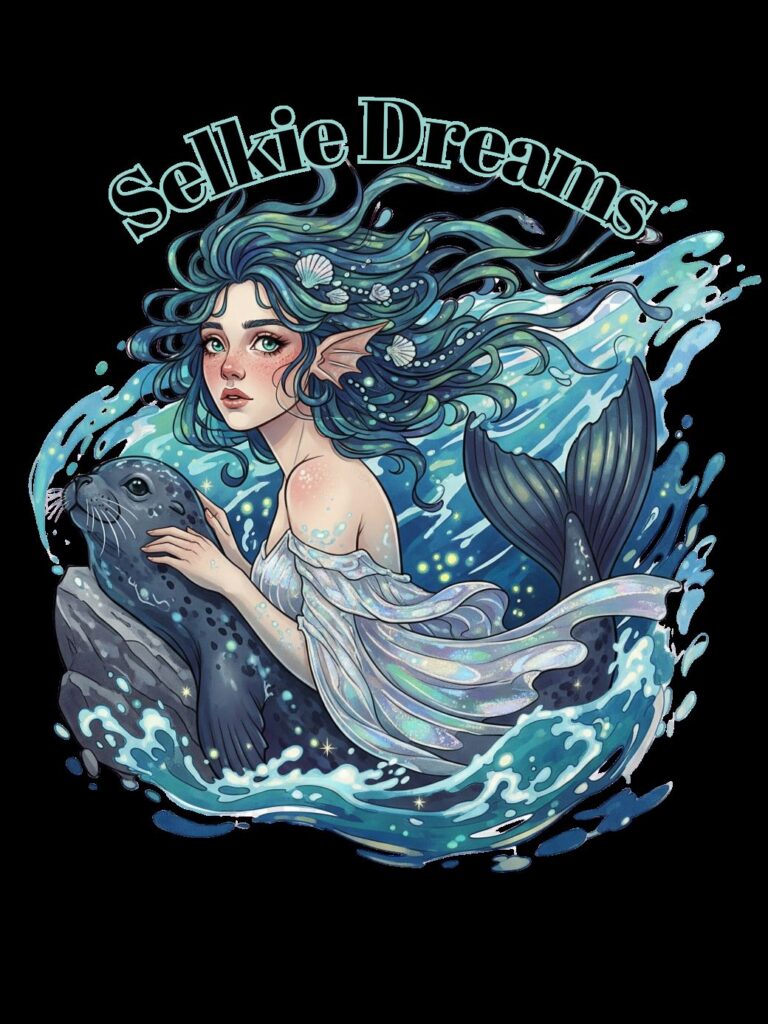
Off the rugged coasts of Scotland and Ireland, sailors once told tales of selkies — magical beings who could transform from seals into humans. According to legend, selkies shed their seal skins to walk on land. Many stories involve humans stealing these skins to trap selkies in human form, often leading to tragic romances.
Selkies symbolize longing and the tension between two worlds: the freedom of the sea and the constraints of life on land. Their stories capture the beauty and mystery of the ocean while exploring themes of love and loss. Today, selkies are beloved in fantasy literature and art communities, especially among BookTok readers and mermaid enthusiasts. Their romantic, otherworldly aesthetic works beautifully for ocean-inspired wall art, apparel, and home décor.
Thunderbird – Bringer of Storms and Strength
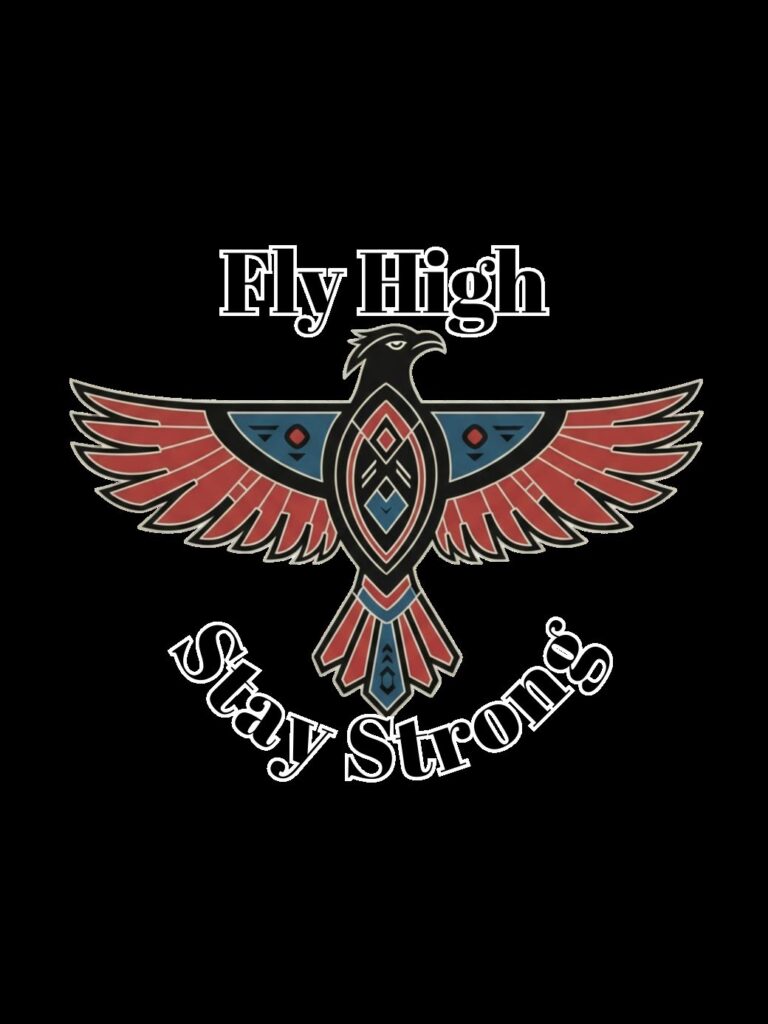
The Thunderbird is one of the most powerful figures in Native American mythology, especially among Plains and Great Lakes tribes. This immense bird is said to create thunder and lightning with the beat of its wings. More than just a creature of nature, the Thunderbird is a sacred protector, representing strength, power, and spiritual connection.
Legends describe the Thunderbird as a guardian of humans, battling great serpents and other destructive forces. It is deeply tied to creation stories and ceremonies, making it a highly revered symbol. When incorporating the Thunderbird into art or products, it’s essential to approach it with respect. Designs should focus on symbolic, minimalist interpretations rather than caricatures or stereotypes. Many people today embrace Thunderbird imagery in outdoor gear, tapestries, and wall art as a way to honor its enduring legacy.
Why These Myths Still Matter
These five mythical creatures connect us to the past while remaining relevant today. Baba Yaga’s forest magic speaks to our fascination with mystery and independence. The Green Man reminds us of our responsibility to the earth. Mothman shows how folklore evolves to meet modern fears and celebrations. Selkies invite us to dream of other worlds, while the Thunderbird symbolizes strength and protection.
By exploring these stories, we keep cultural heritage alive. Folklore isn’t just about entertainment — it’s a shared language that links us across time and geography.
If you love unusual history and ancient tales, consider exploring art, literature, and traditions inspired by these legends. Bringing these symbols into your home can be a way to honor the past while sparking conversations about the future.
Conclusion
Folklore continues to inspire and captivate us, offering timeless lessons through the lens of magical creatures and legendary figures. These six mythical creatures folklore lovers cherish represent a journey around the world, from the forests of Eastern Europe to the stormy skies of North America. Whether you’re drawn to the eerie glow of Mothman’s eyes or the natural wisdom of the Green Man, there’s a story here for everyone.
Which of these mythical figures is your favorite? Share your thoughts or local legends in the comments below, and don’t forget to subscribe for more stories about unusual history and folklore.
Miss Part 1 of this series?
Read Scary Mythical Creatures and Their Cultural Significance to discover more popular iterations of the myths that makes us shutter.
Sources
- Russian Fairy Tales by Alexander Afanasyev
- The Golden Bough by James George Frazer
- Point Pleasant Mothman Museum Archives
- Scottish Folklore and Legends by Barbara Ker Wilson
- Native Languages of the Americas: Thunderbird Legends and Stories
- BBC History: The Green Man’s Origins


